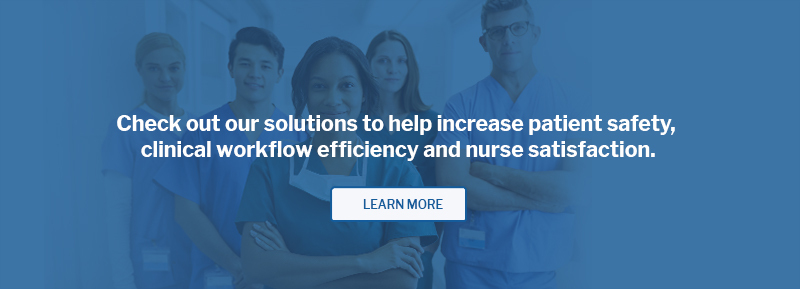Training Nurses and Pharmacists of the Future
Automated dispensing cabinets (ADCs) continue to deliver effortless medication management to healthcare facilities, and they have been for the past few decades. Although intuitive and easy to use, many hospitals are still yet to implement this system into their workflow. Medication management might be a well-known process for hospital staff, but it is still a workflow lacking stability. At least one patient faces the consequences brought by medication mismanagement. When nurses are not given any proper training in using an ADC, patients suffer the outcome. Therefore, training and guidance are crucial during the first few weeks spent with ADCs in a healthcare setting.
Responsive and Reliable Automated Dispensing Cabinets
Healthcare facilities refuse to transition into digital measures due to the fears of their staff. Most hospital nurses are in their middle-aged years and worry about the confusion of integrating their workflow with technology. Medical equipment manufacturers have a carefully planned and detailed process that includes a physical demonstration, discussion, and orientation to help the transition. Additionally, automated dispensing cabinets are reasonably easy to use with a responsive touchscreen and an intuitive user interface that only has the information they need to dispense medication and track information.
Efficient Automated Dispensing Cabinets Eliminate Errors
Application is the best method to attain and retain knowledge. A study conducted in Iran interviewed hospital staff about their learning strengths and weaknesses. Upon observation of their training and their responses, application through in-service training is the most effective way to teach staff new processes. Healthcare workers also fear committing any mistakes during their work as their neglect could risk the lives of their patients. Training sessions could begin using props and alternatives such as pieces of candy. When demonstrated incorrectly, nurses could re-learn the process without pressure and concern.
Additionally, discussions could be held as a group, while a physical demonstration of the ADC is best for individual learning. It's effective as self-centered training lessens anxiety over making mistakes and peer pressure. The nurse will also be most likely to ask questions and clarifications. Newly hired nurses will be able to train from their seniors without needing any additional formal training. Trainers and demonstrators can also request any feedback and concerns of the staff that they can take note of to improve the usability of the ADC. Training and demonstration will be simple if the lessons are practical and proportionate according to each nurse's job description. That will lessen unnecessary information to relay to the staff and reduce the time needed to orient them.
Conclusion
At TouchPoint Medical, we continue to strive for smooth workflow processes in medication management. Our goal is to provide healthcare facilities and efficient equipment to help nurses bring care forward. If you would like to schedule a free demo, please contact us.



